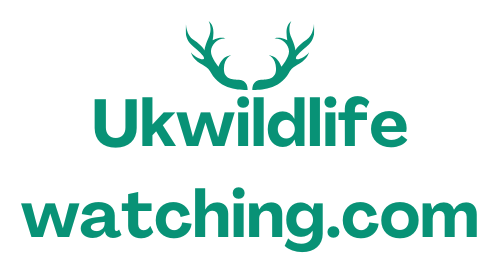The Astonishing World of the UK’s Miniature Deer
Small deer species uk: Have you ever been walking through the woods and caught a flash of movement—a brief, fleeting shadow that vanishes as quickly as it appears? That was probably one of the UK’s incredible small deer species uk. These animals might be tiny, but they’re surprisingly tough and completely captivating. This isn’t just a list of facts; it’s a guide to help you truly see and connect with these remarkable creatures. So, let’s get you ready for a proper wildlife adventure.
Table of Contents
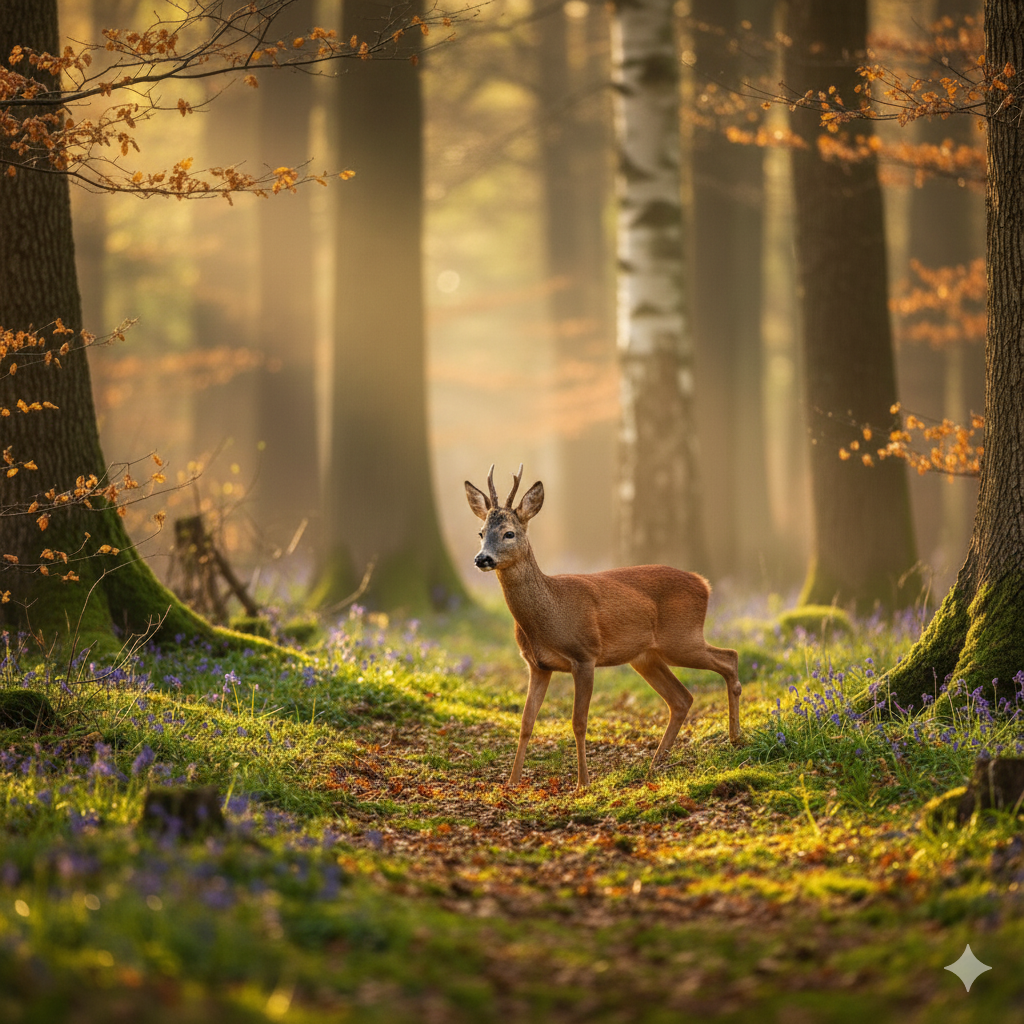
Getting to Know the Locals: Who’s Who in the Woodlands
Small deer species uk: Before you can spot them, you have to know who you’re looking for. The UK has a surprising variety of small deer, each with its own personality and quirks.
- The Barking Muntjac: You’ll probably hear a Muntjac before you see one. They’re tiny—about the size of a medium dog—and make a surprisingly loud, dog-like bark when they’re startled. Don’t let their size fool you, though. They’re incredibly widespread, often found right in our back gardens. The males have these little tusks, which just adds to their unique look. They’re a fantastic subject for a trail camera, and setting one up can give you a whole new look into the secret world of your local wildlife.
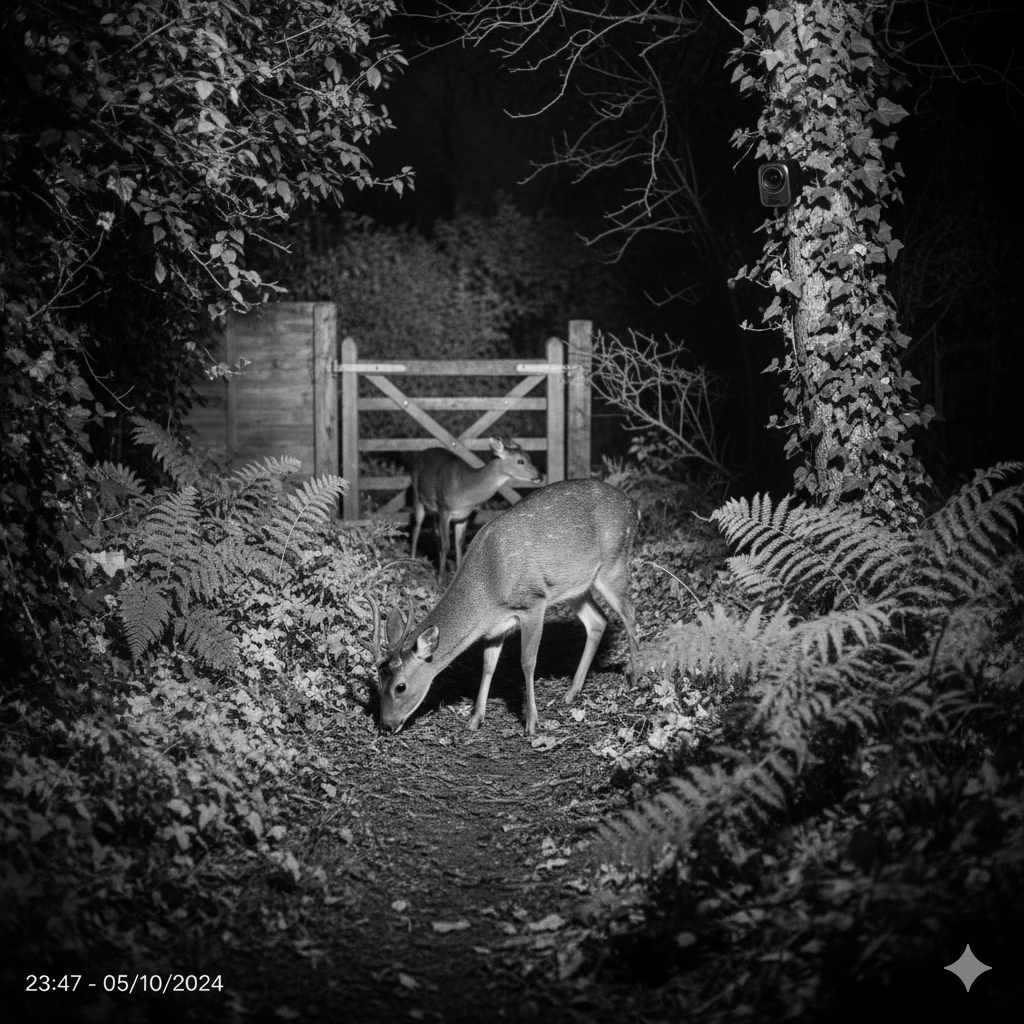
- The Graceful Roe Deer: There’s something truly special about spotting a Roe deer. They’re slender and elegant, with a reddish-brown coat that looks beautiful in the sunlight. You can spot them by their white rump patch, which they flash as they run away. They’re pretty territorial, so once you find a good spot, you might see them regularly. Finding a good pair of binoculars is a game-changer here—it lets you watch them in their element without disturbing them.
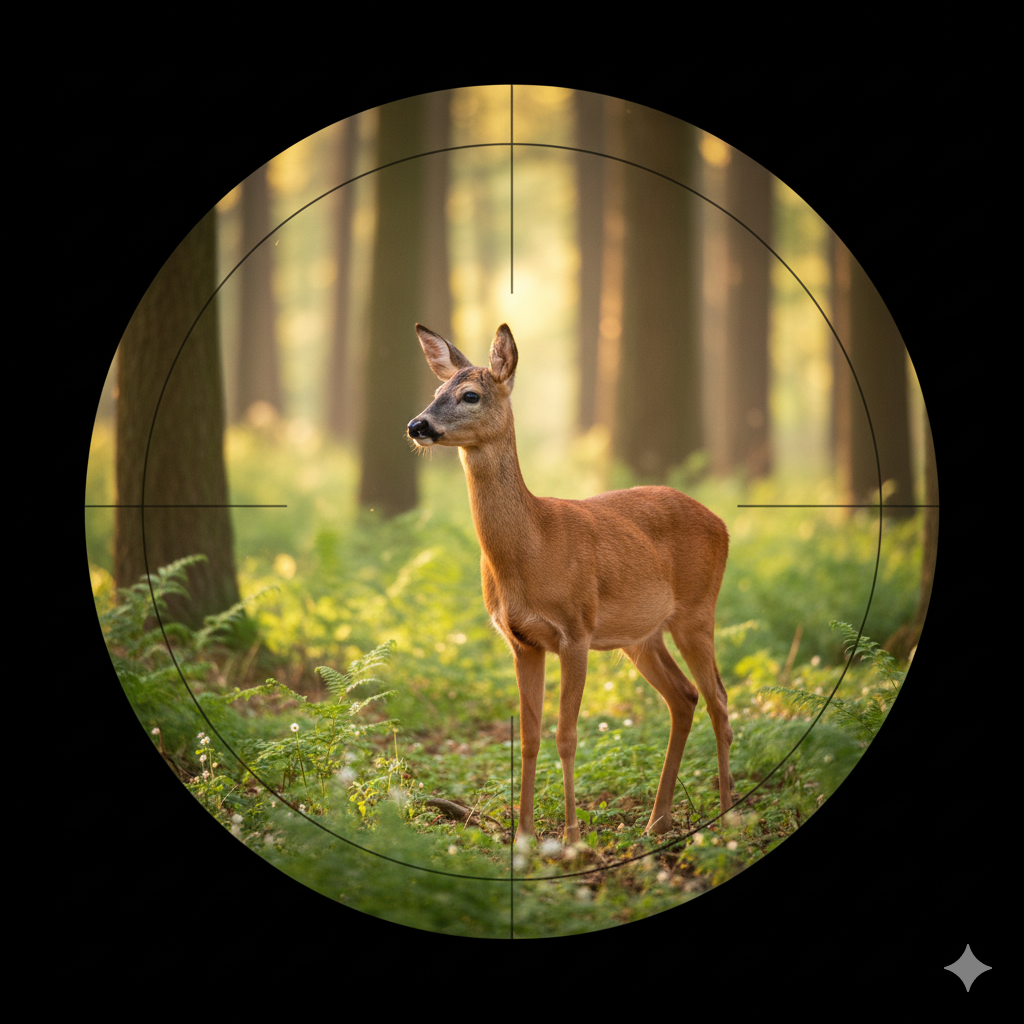
- The “Teddy Bear” Water Deer: If you find yourself near a river or a marsh, keep an eye out for the Chinese Water Deer. They’re easily the most unusual of the bunch. They look kind of like a fluffy teddy bear with large, rounded ears, but it’s their tusks that really make them stand out. Both males and females have them, and they use them to fight instead of antlers. They’re also brilliant swimmers! If you’re going after these guys, make sure you’ve got some serious waterproof boots and gear.
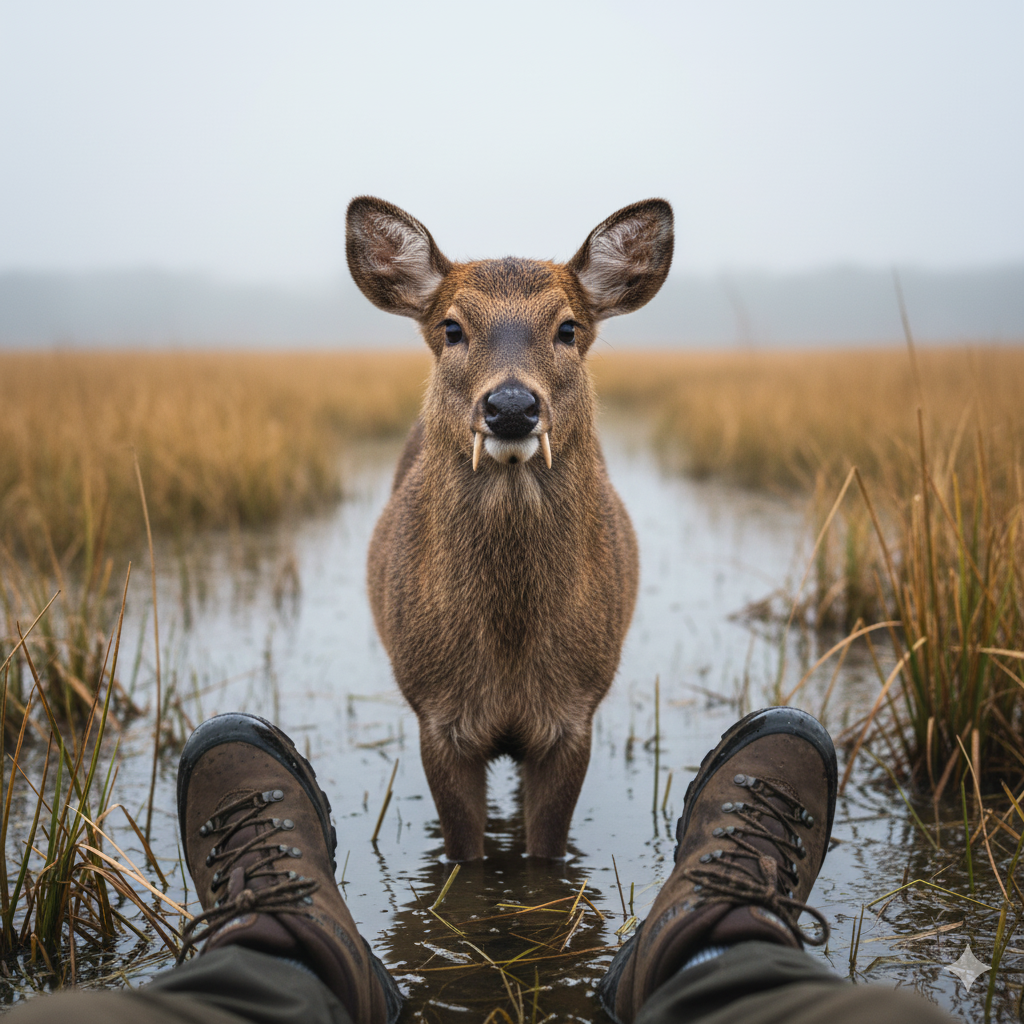
The Hunt for the Sighting: How to Find Them
Small deer species uk: Finding these deer isn’t just about luck; it’s about being in the right place at the right time. Your best bet is to go out at dawn or dusk—those quiet hours when the world is just waking up or settling down.
Learn to read the signs they leave behind. Look for hoof prints (called “slots”), small droppings, or even patches of rubbed bark where a male has marked his territory. It’s like being a detective in your own backyard!
To make your search easier, here’s a little gear list that I’ve found essential:
- Binoculars: I can’t stress this enough. A decent pair lets you see so much more from a distance. You’ll catch tiny movements and subtle behaviors you’d otherwise miss.
- A Trail Camera: These things are amazing for catching the action when you’re not around. You’ll be amazed at what wanders through your garden at night.
- A Field Guide: This is your best friend. It’s perfect for quickly identifying what you’re seeing and learning a bit more about its habits right there on the spot.
- Good Waterproof Gear: Staying dry and comfortable is key, especially if you’re waiting quietly in a damp field or wet woodland. Blending in with muted colors helps, too.
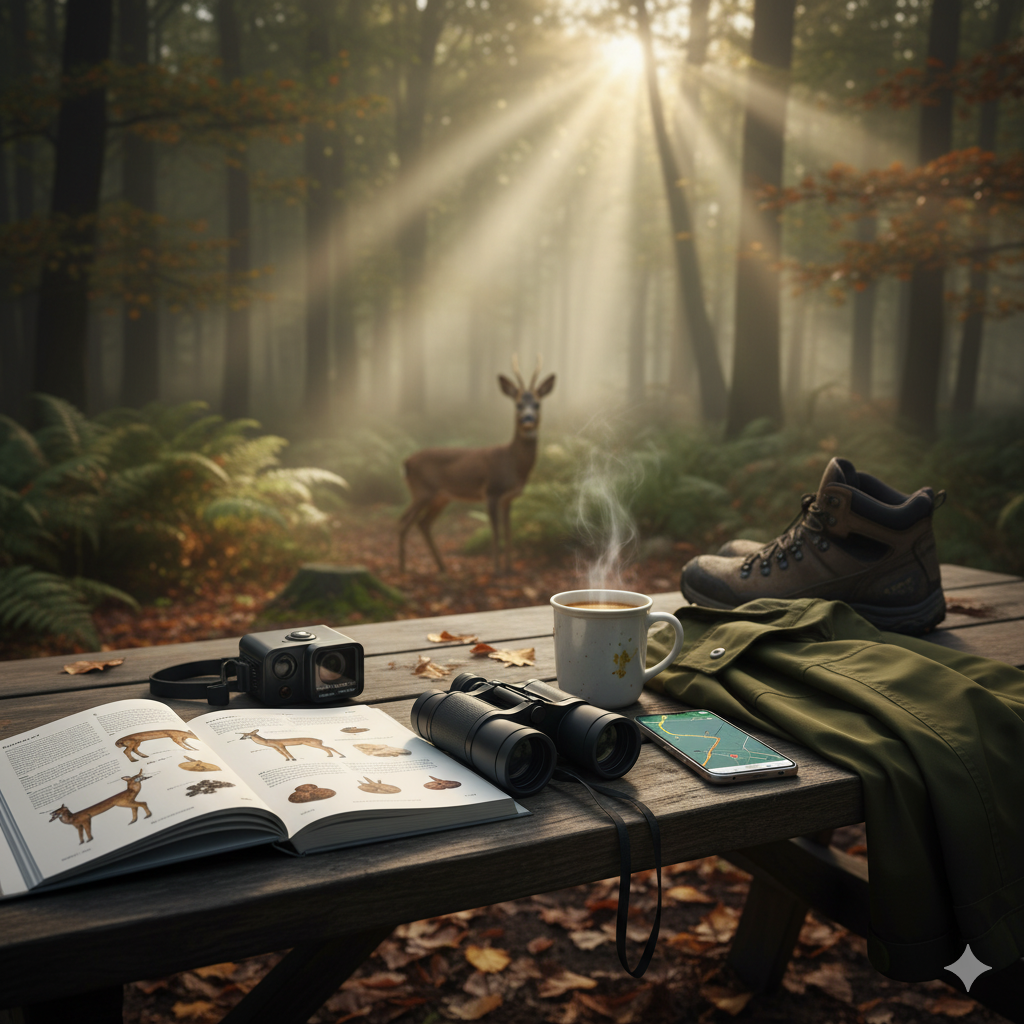
Capturing the Magic: Tips for Photographers
Small deer species uk: If you want to take your wildlife watching to the next level, photography is a fantastic way to go. The key is to be respectful and patient.
- Stay Back: Don’t chase the deer. It’s not fair to them, and the photos you get won’t be as good anyway. A long lens is your best friend here. It lets you get a beautiful close-up without getting close at all.
- Patience is Everything: The best shots come from waiting quietly in a good spot and letting the animals come to you. You’ll get more natural, beautiful photos this way.
Remember, the goal is to capture a moment, not to create a disturbance.
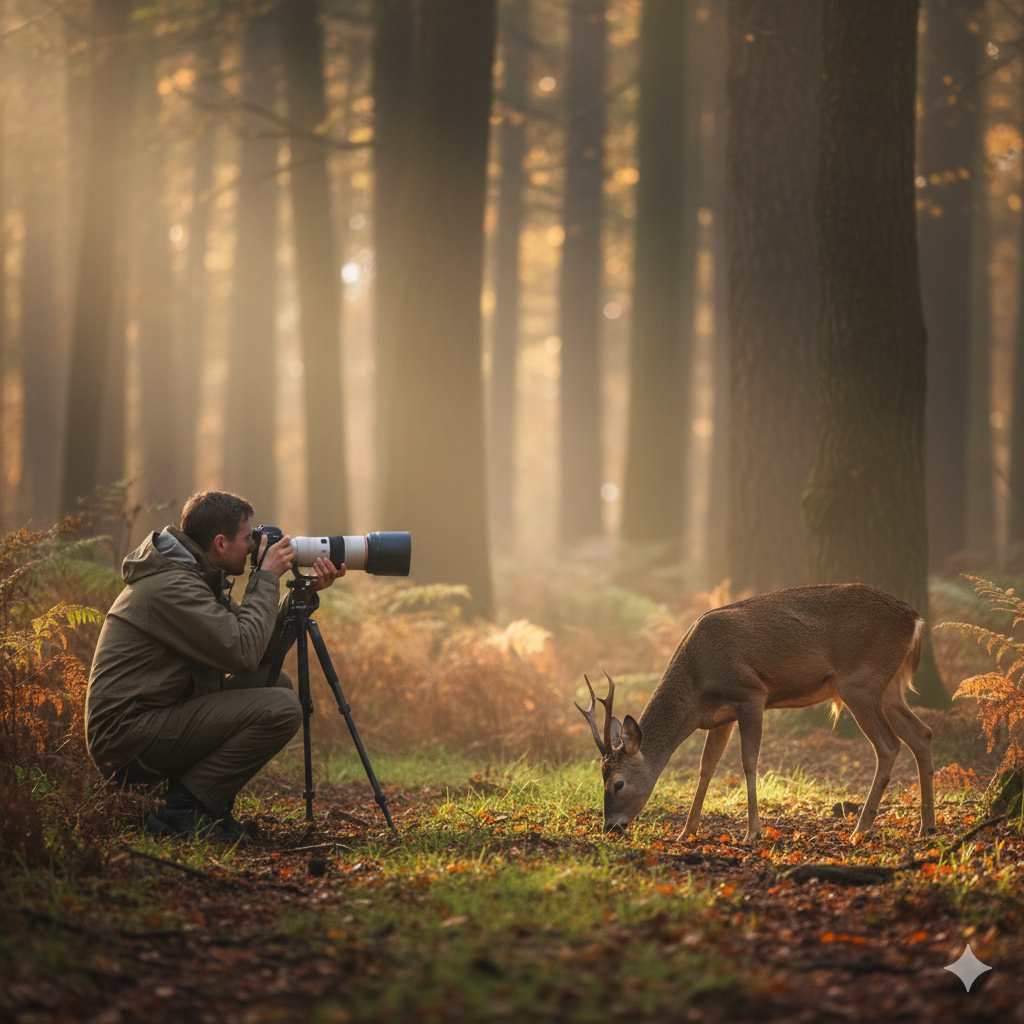
Playing a Part: Conservation and Coexistence
Small deer species uk: It’s important to remember that these animals share our space. The Muntjac, for example, is a non-native species, and their numbers are carefully managed to protect native plants. Being a responsible observer means respecting their space, sticking to footpaths, and never, ever feeding wild deer.
Ready for Your Adventure?
Small deer species uk: The UK’s small deer are waiting to be discovered. By taking the time to learn about them and equipping yourself with a few key tools, you’ll open up a whole new world of exploration. So, grab your gear, head outside, and get ready for a truly remarkable adventure.
